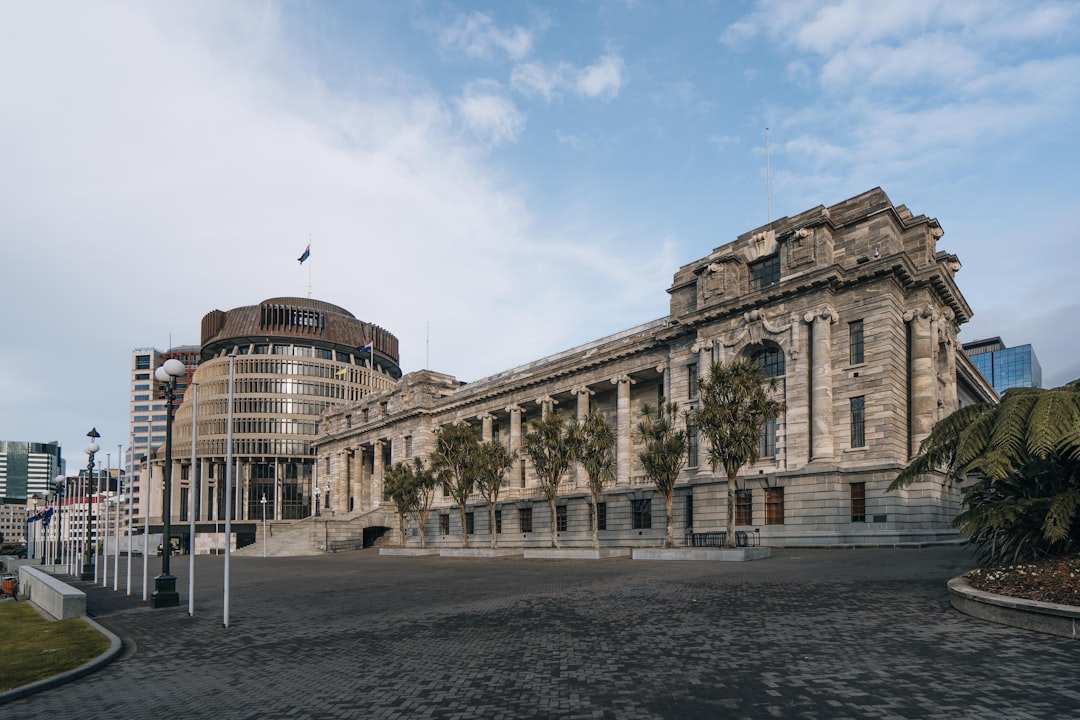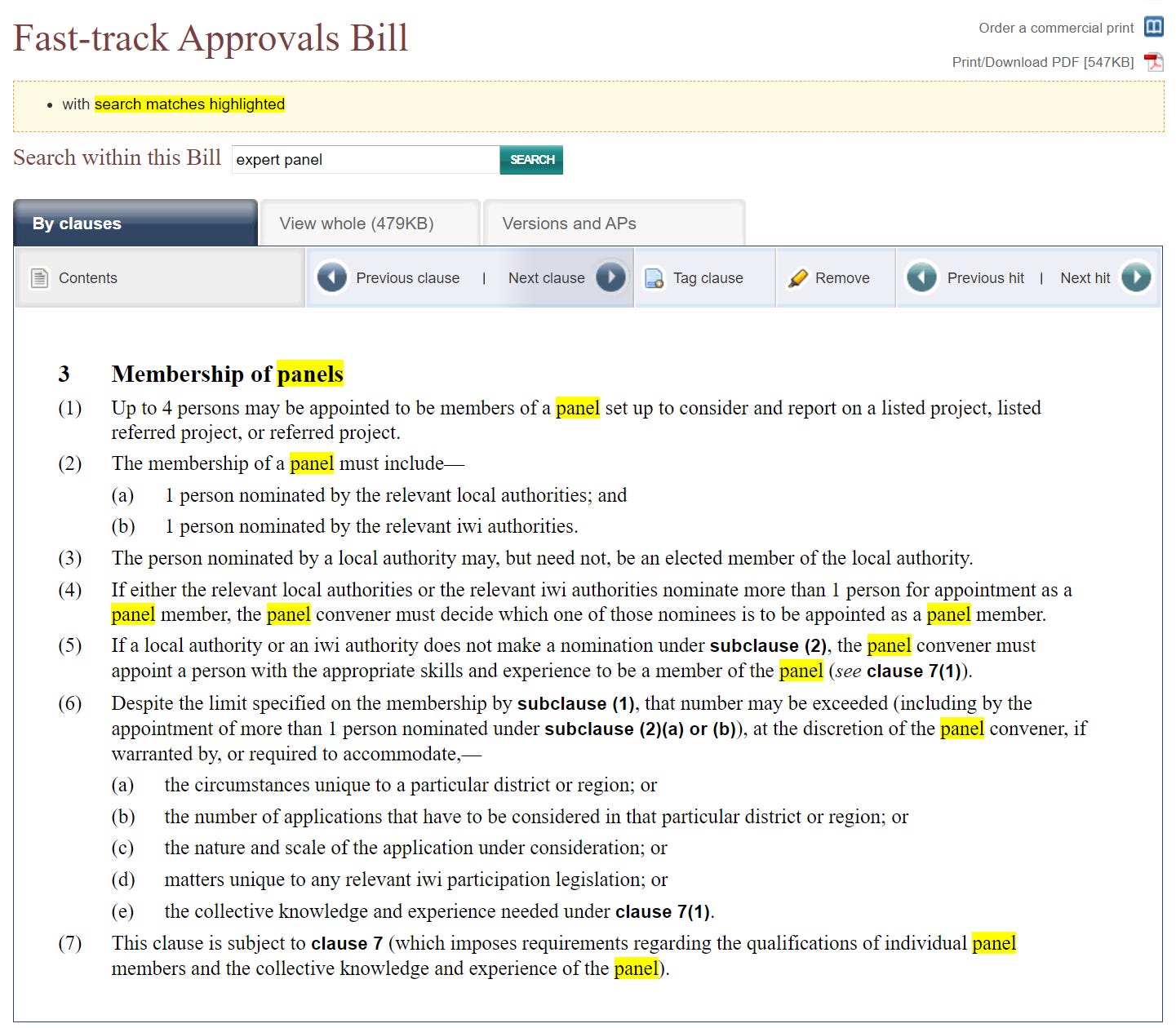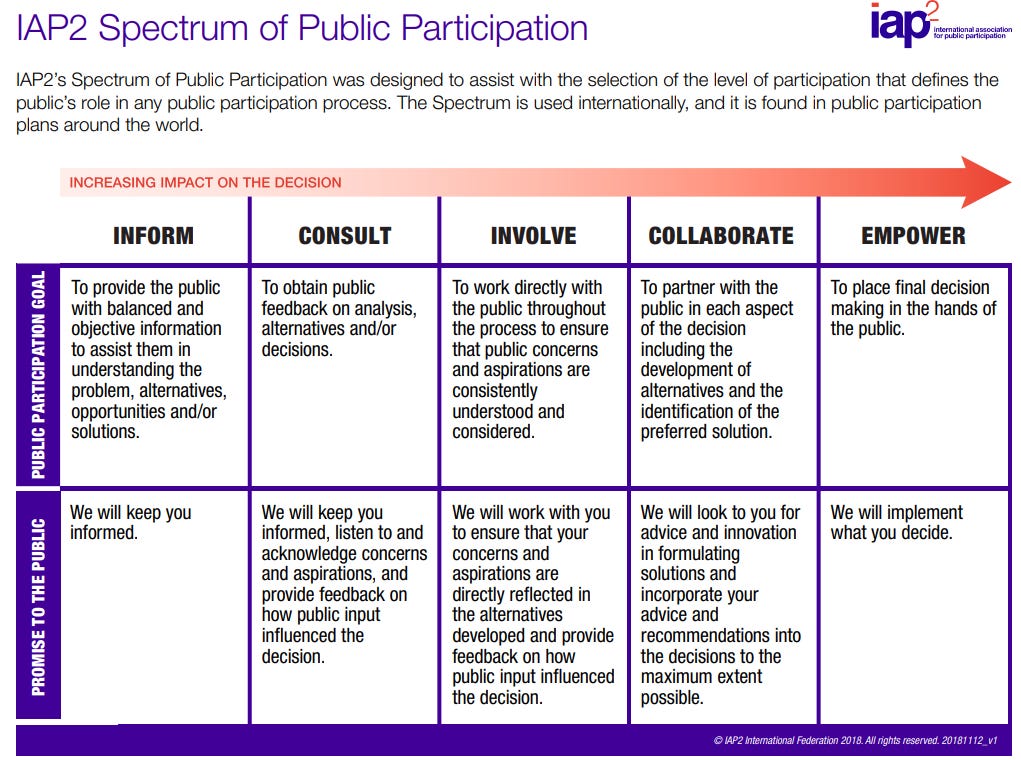Fast Track Bill and Our Role in Civic Engagement
Understanding what our role is for better public engagement, using the Fast Track Bill as a case study
In the heart of New Zealand's political landscape, the Fast Track Bill (FTB) has emerged as a pivotal case study, shedding light on the intricate dance between governmental efficiency and the impact or not of public engagement.
While aiming to streamline infrastructure development, this legislation has unwittingly become a battleground for a broader debate: our voices' true weight and significance in the democratic process. I wonder if we can tell the difference between effective public engagement or not. Do we understand the differences in cost, mandate, timeline, and implications of different levels of engagement? Are we engaging with the government when given the chance? Do we have the capacity, interest, and influence for any given topic at any given time?
I'll use the FTB to shine a light on these questions.
The response to the FTB has been nothing short of a tidal wave, with the Environment Committee receiving an overwhelming 27,000 submissions from diverse individuals and organizations. This massive engagement is a testament to the public's vested interest in the bill and its implications.
For some perspective, in 2021, the Ministry of Justice received more than 19,000 submissions for strengthening protections against hatred-inciting speech and discrimination, which were already a lot of submissions.
Yet, as we stand on the precipice of potential change, a question lingers: Does our engagement truly influence the tides, or are we overestimating the power of our collective voice?

The FTB in a nutshell
The FTB is designed to speed up the approval process for infrastructure projects considered crucial for regional or national development. At best, it means faster development that can improve our daily lives. At worst, this bill could significantly transform how New Zealand does business and have detrimental environmental impacts. More information is available on the Ministry for the Environment website, and Bryce Edwards' article summarises what has been written about the FTB much better than I can.
Critical Changes in Public Engagement
Under this bill, the usual six-week consultations with the public are trimmed down. Instead, a select group of ministers and expert panels are primarily responsible for making decisions. Here’s a breakdown:
Expert Panel: Independent experts review projects and make recommendations to Cabinet. However, they aren’t required to hold public hearings or gather widespread public input. Below is a screenshot of how the panel members are chosen:
Targeted Consultation: The bill asks for input from specific groups, like local governments and Māori authorities, so it is not an open invitation to any interest group or individual.
Centralised Decision-Making: Based on these recommendations, a few top ministers can give the green light to projects. The Ministers involved are the ministers for infrastructure, regional development, and transport.
Pros and Cons of Reduced Public Consultation
Pros
Efficiency: Projects can get off the ground faster, potentially boosting economic growth and addressing urgent infrastructure needs.
For more pros, read Bryce Edwards's comprehensive summary of the case in favour of the FTB: FastTrackWatch: The Case for the Goverment’s Fast Track Bill.
Cons
Reduced Transparency and Inclusion: With less public consultation, there’s a risk that decisions may not fully reflect the community’s needs or concerns.
Potential Overlook of Environmental and Social Impacts: Fast-tracking can lead to insufficient consideration of environmental preservation and social impacts.
For more cons, read Bryce Edwards's comprehensive article: The Government’s New Fast-track Invitation to Corruption.
Also worth skimming is the Supplementary Analysis Report: Treaty Impact Analysis for the Fast-Track Approvals Bill. It states in a nutshell that:
Overall, the analysis in this TIA suggests there is likely to be some benefit to Māori developmental interests and broader socio-economic benefits which would have some positive Treaty impacts. However, there are some aspects of the Bill, discussed in the final section of this TIA, which are more challenging from a Treaty perspective, particularly in terms of the broader principles of partnership and active protection. Particularly significant from this perspective are (1) the shift in decision making assessment criteria for RMA approvals, placing the new purpose of the Act above Part 2 RMA in terms of the assessment hierarchy; (2) the decision to include no Treaty clause; and no reference to Treaty clauses in existing legislation (for instance RMA, the EEZ Act, the Conservation Act); and (3) the fact that the Act focuses more on provisions to protect and recognise Treaty settlement and Takutai Moana interests, rather than broader Māori rights and interests.
Why Engagement Matters More Than Ever
When we hear about being "less consulted," it's natural to feel sidelined. But here’s a thought: maybe it’s a call to action. It’s about diving deep into the issues that matter to us and ensuring our voices are heard through high-quality, well-thought-out submissions to the government.
Complaining on the sidelines or social media isn’t enough. This causes a collective outrage that gets boring and is wildly ineffective. If we want to influence change, we need to engage proactively. Now, this is not easy.
You need time and skill—not just to write a high-quality submission but also to research the discussion paper and thoroughly understand what is being consulted on.
I’m not sure about you, but I usually find this difficult and tedious. I'm not the sharpest tool in the shed, but I am used to reading and writing government-related documents, and I still struggle to understand how to engage in a way that actually matters and influences. This should not be that hard; nonetheless, it is.
Levels of Engagement: From Informing to Empowering
Understanding different levels of engagement can help us see where we can have an impact. Below the different levels and what they mean, I have add a $ sign next to each level to signal that each level costs the government more money, which is not discussed publicly and is a blind spot that people have when they demand the government engage with them more.
1. Inform: You’re told what’s happening, but that’s about it. $
2. Consult: You can give feedback, but the final decision isn't yours. $$
**Consult is where most of the engagement falls. We rarely have a mandate from the Cabinet to Involve, Collaborate, or Empower.
3. Involve: You discuss and help shape the project, but again, the final call isn’t yours. $$$
4. Partner: You work together with decision-makers on solutions. $$$$
5. Empower: You decide, and the government implements it. $$$$$
Each level offers a different degree of influence, and knowing these can help us target our efforts more effectively.
Engaging Meaningfully
When engagement opportunities arise, jumping in with both feet is crucial. Whether it’s through attending meetings, writing insightful comments, or participating in planning sessions, every action counts. And remember, the quality of our engagement can significantly sway decisions. So, take the time to understand and write a meaningful submission.
The Fast Track Bill is a classic example of the tension between efficiency and public involvement. As we navigate these changes, let’s not underestimate the power of informed and passionate engagement. It’s not just about fighting for our right to be heard—it’s about ensuring our participation is impactful and meaningful.




